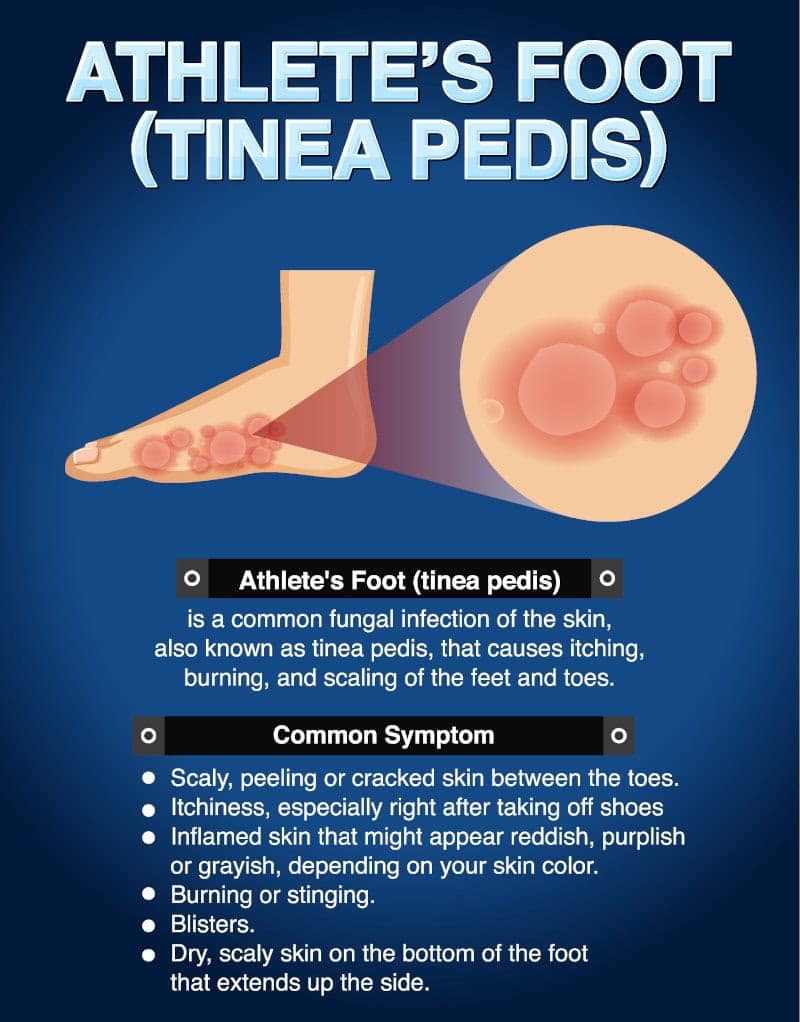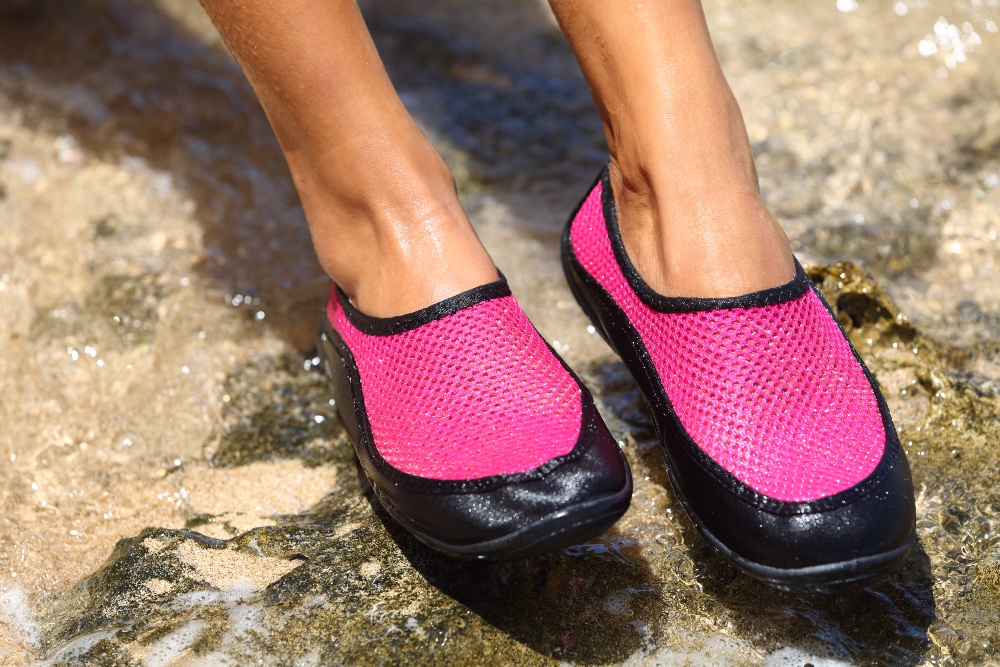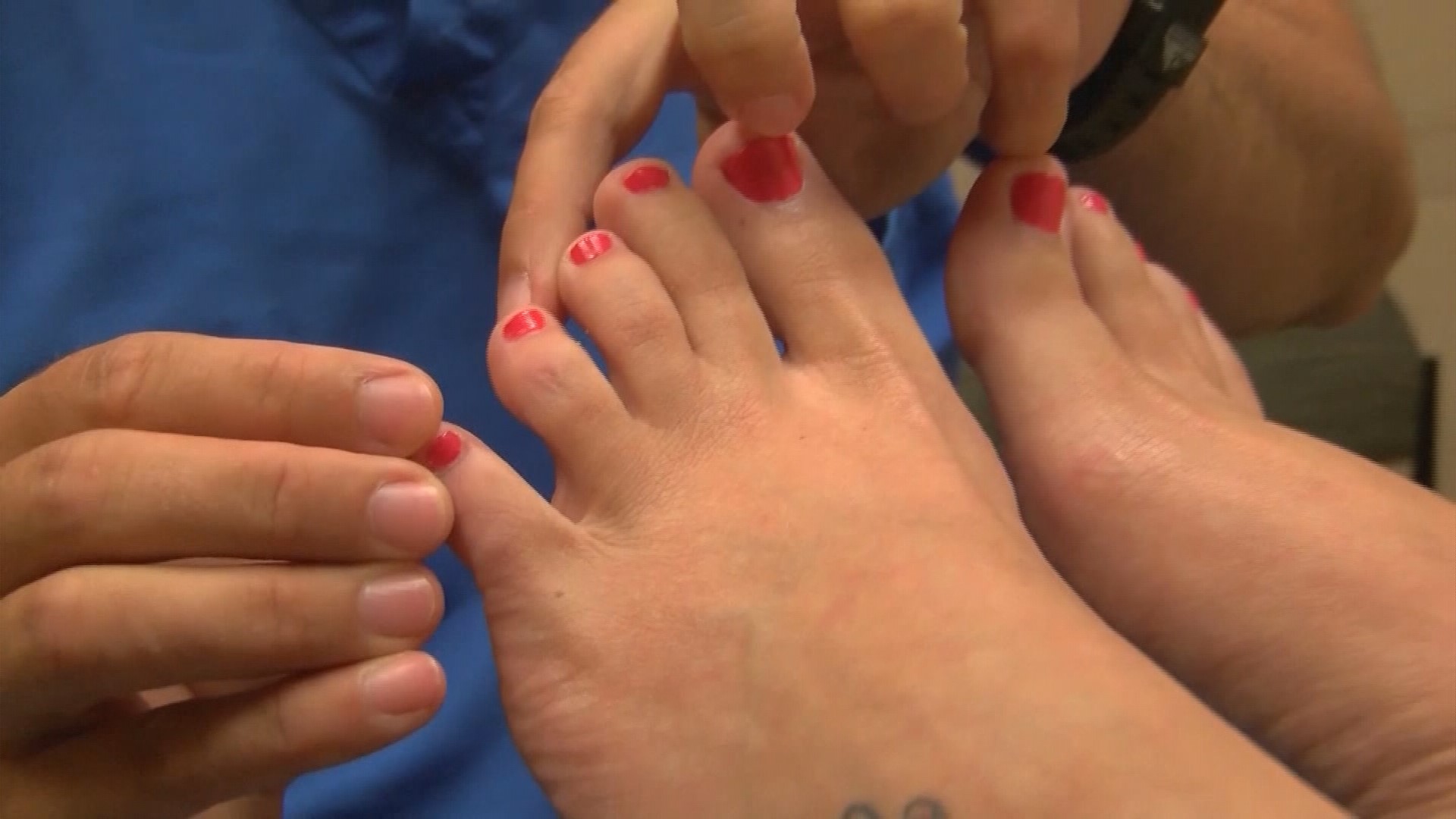5 Effective Ways to Remove Athlete’s Foot Fungus from Shoes Naturally
Athlete’s foot is a common fungal infection that thrives in warm, moist environments—making shoes a prime breeding ground. If you’ve ever wondered how to get athlete’s foot out of shoes, you’re not alone. This guide explores five natural, science-backed methods to eliminate the fungus and keep your footwear fresh and safe.
Understanding Athlete’s Foot and Why Shoes Harbor the Fungus
Athlete’s foot, or tinea pedis, is caused by dermatophytes, a group of fungi that feed on keratin in dead skin cells. According to the Mayo Clinic, these fungi flourish in damp, enclosed spaces like shoes, socks, and locker rooms. A study from the University of Michigan confirms that fungal spores can survive in footwear for weeks, reinfecting the feet even after treatment. This makes learning how to get athlete’s foot out of shoes crucial for long-term prevention.

1. Sunlight and Fresh Air: Nature’s Disinfectant
Exposing shoes to direct sunlight for several hours is one of the simplest ways to kill fungus. UV rays have natural antifungal properties, as noted by Harvard Health Publishing. A 2018 study in the Journal of Applied Microbiology found that sunlight effectively reduces fungal growth by up to 90%. For best results, remove insoles and laces, then place shoes in a sunny, well-ventilated area. This method is especially useful for those seeking how to get athlete’s foot out of shoes without chemicals.
:max_bytes(150000):strip_icc()/prevent-spread-of-athletes-foot-2146303_FINAL-5bb51cf546e0fb0026688474.png)
2. Baking Soda: The Odor-Neutralizing Powerhouse
Baking soda isn’t just for baking—it’s a potent antifungal agent. Research from the National Institutes of Health (NIH) shows that sodium bicarbonate disrupts fungal cell membranes, effectively killing spores. To use, sprinkle a generous amount inside your shoes and let it sit overnight. For stubborn cases, mix baking soda with water to form a paste and scrub the interior. This approach is both affordable and efficient for tackling how to get athlete’s foot out of shoes.
3. Vinegar Soak: Acidic Defense Against Fungus
White vinegar’s acetic acid content (typically 4–7%) creates an inhospitable environment for fungi. A 2015 study in mBio confirmed that acetic acid kills dermatophytes by breaking down their cell walls. To disinfect shoes, mix equal parts vinegar and water, then soak the insoles or wipe down the interior. Let them air-dry completely before wearing. This method is a favorite among podiatrists for addressing how to get athlete’s foot out of shoes naturally.
4. Essential Oils: Concentrated Antifungal Solutions
Tea tree oil and oregano oil are renowned for their antifungal properties. A 2020 review in Phytotherapy Research highlighted tea tree oil’s ability to inhibit Trichophyton rubrum, the primary fungus behind athlete’s foot. Add 10–15 drops of oil to a spray bottle with water, then mist the inside of your shoes daily. For extra potency, combine with coconut oil as a carrier. This aromatic solution is ideal for those exploring how to get athlete’s foot out of shoes with essential oils.
5. Freezing: Extreme Cold to Kill Fungus
If your shoes can withstand it, freezing them overnight kills fungal spores. A study in Medical Mycology found that temperatures below -20°C (-4°F) destroy dermatophytes. Seal shoes in a plastic bag and place them in the freezer for 24 hours. While unconventional, this method is highly effective for how to get athlete’s foot out of shoes without damaging materials like leather or canvas.

Prevention: Keeping Fungus from Returning
Eliminating fungus is only half the battle—preventing reinfection is key. Rotate shoes daily to allow them to dry fully, wear moisture-wicking socks, and avoid walking barefoot in public areas. As Dr. Jane Andersen, a podiatrist featured on WebMD, advises, “Treating your shoes is as important as treating your feet.”
By combining these natural methods, you can solve how to get athlete’s foot out of shoes and maintain a fungus-free environment. Whether you opt for sunlight, baking soda, or essential oils, consistency is your greatest ally in keeping athlete’s foot at bay.

